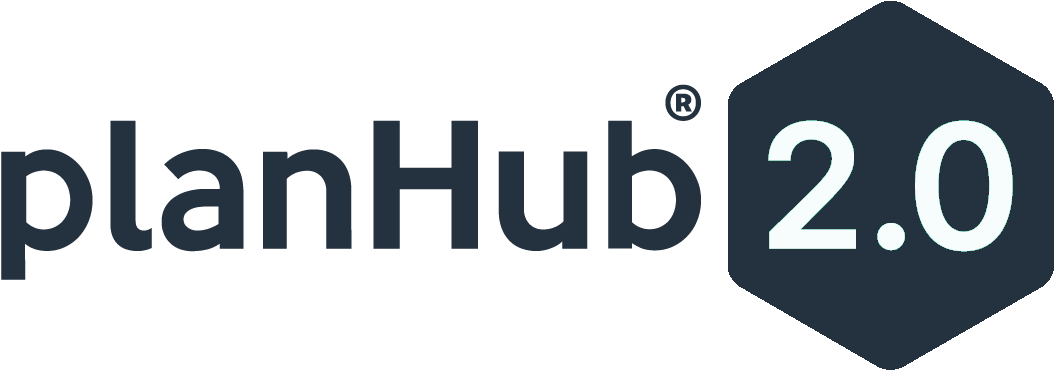As a subcontractor in the painting industry, efficient resource management is crucial for your success. Minimizing painting material waste not only reduces costs but also contributes to a more sustainable and environmentally-friendly approach. In this blog, we will explore essential tips that subcontractors can implement to optimize their painting processes, reduce material waste, and enhance overall efficiency.
- Proper Planning and Preparation:
Thoroughly assess the project requirements and create a detailed plan before starting any painting job. Take accurate measurements of surfaces to be painted, consider the required number of coats, and calculate the estimated quantity of paint needed. Adequate planning ensures that you procure the right amount of materials, minimizing waste.
- Accurate Surface Preparation:
Effective surface preparation plays a vital role in reducing paint material waste. Ensure that surfaces are clean, dry, and properly primed before applying paint. By properly prepping the surfaces, you will achieve better paint adhesion, reducing the need for excessive touch-ups or reapplication.
- Choose High-Quality Paint Products:
Invest in high-quality paint products that offer excellent coverage and durability. Quality paints tend to require fewer coats, reducing the overall quantity of paint needed. Additionally, they often result in better finish and longevity, reducing the need for frequent repaints and material waste.
- Practice Precise Measurement and Mixing:
Accurate measurement and mixing of paint are crucial to avoid wastage. Follow manufacturer guidelines for the recommended paint-to-thinner ratio. By adhering to precise measurements, you can achieve the desired consistency without excess paint that would otherwise go to waste.
- Optimize Spray Techniques:
When using spray equipment, proper technique is key to minimizing overspray and paint wastage. Practice controlled and even strokes, maintaining the recommended distance between the sprayer and the surface. By mastering the spray technique, you can achieve better coverage with minimal overspray, saving both time and materials.
- Efficient Cleanup and Storage:
Proper cleanup and storage of painting materials are essential to reduce waste. Clean brushes, rollers, and other equipment promptly after use to maintain their longevity. Store leftover paint in airtight containers, ensuring it remains usable for future touch-ups or projects.
- Implement Recycling and Disposal Practices:
Dispose of paint waste responsibly and in compliance with local regulations. Whenever possible, recycle or donate leftover paint to community projects or organizations in need. By adopting environmentally-friendly disposal practices, you contribute to a greener industry and reduce the environmental impact of painting material waste.
By implementing these valuable tips, subcontractors can significantly minimize painting material waste, optimize efficiency, and reduce costs. Proper planning, surface preparation, accurate measurement and mixing, spray optimization, and responsible disposal practices all contribute to a more sustainable and profitable painting operation. Embrace these practices, and make a positive impact on both your bottom line and the environment.
Remember, efficient resource management not only benefits your business but also demonstrates your commitment to sustainability. By adopting these practices, you position yourself as a responsible subcontractor in the painting industry, attracting clients who value environmental consciousness and cost-effective solutions.
Start implementing these tips today and experience the benefits of minimizing painting material waste in your subcontracting business.
About PlanHub:
PlanHub is a leading provider of comprehensive bid management solutions for the construction industry. Our platform simplifies and streamlines the bidding process, connecting subcontractors and general contractors to facilitate collaboration and drive project success. With a commitment to innovation and empowering our users, we continue to revolutionize the construction industry with cutting-edge features and a user-friendly experience.




